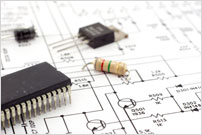July 2010 Issue
A summary of this month's contents.
Swimming Pool Alarm
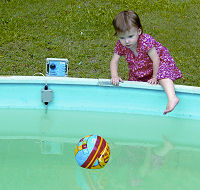
With the warm summer season upon us, it’s time to get out the paddling pool and give the kids a holiday treat. Some 60% of pool fatalities involve children aged 1-2 years. Our Swimming Pool Alarm reduces the possibility of a drowning accident in your pool if, for example, a toddler falls in accidentally.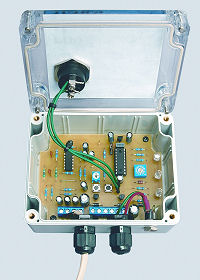
It uses a special pressure sensor to monitor the wave height created by any disturbance in the water and sounds a strident alarm. Adjustable wave levels, alarm and reset period.
Plugpack powered.
DSP Musicolour (Part 3)
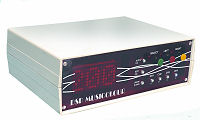
This fantastic advanced dsPICmicro-based light show is a full digital design offering a four-channel 800W (2,400W total – PAR38 or R80 recommended) opto-isolated zero-crossing mains display. It has direct stereo and microphone inputs for modulation of lights sequences, chaser modes, a 7x15 dot LED display and many more advanced technical features.
In Part 3 this month. testing, calibration and setup are described along with troubleshooting tips. Free source code (hex) file is available from our Library so that you can burn your own microcontroller chip.
“ColdAlert” Hypothermia Alarm
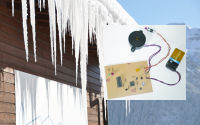
It might seem a bit early to be thinking of the cold temperatures or winter-time, but now is a good time to prepare for the next chilly season. Our Hypothermia Alarm is a low-cost PICmicro based alarm to help an elderly or vulnerable person stay warm. It’s an ideal helper because elderly or infirm people can have a reduced perception of cold and can’t recognise when their body temperature is falling dangerously low.
The Hypothermia Alarm uses a semiconductor temperature sensor to trigger an alarm when the ambient temperature is below 19 °C. It is completely self-contained and offers extended battery life through it’s micropower design. Why not build one now and get ready for winter?
How To Solder Surface Mount Devices
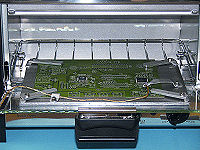
At last, an informative guide to dealing with these marvels of modern miniaturisation. Surface Mount Devices (SMDs) are the standard form factor for many if not most modern electronic circuits but their tiny size often proves to be an obstacle for amateur constructors.
Slightly different techniques can be applied successfully to press these devices into service and our special feature shows you how. No longer need their tiny sizes deter you from using surface mount chips in your circuitry. No expensive hot-air rework stations or reflow soldering ovens for us, though! Instead we show how to adapt a cheap ‘snack oven’ with digital thermometer to reflow surface-mount solder paste successfully. Our insightful article also offers top tips for successful reflow soldering of SMDs. There’s plenty of useful advice to glean from our article, so if you’d like to tackle SMDs then this is the place to start.
Also in this month’s issue of EPE Magazine:
- Techno Talk describes some of the latest advances in medical electronics, including a pocket-size blood sugar tester for diabetics.
- Recycle it! Devoted to scavenging handy parts from discarded electronics, this very popular feature shows you some of the lovely booty that awaits you inside a scrapped fax machine, and, of all things, an old electric hair clipper.
- Circuit Surgery - our highly respected educational and tutorial page examines a thorny electronic problem every month. In this issue, the proper design and operation of regulator-based circuits is described, including LDO (low dropout types) and more.
- Practically Speaking - our bi-monthly column dedicated to practical workshop advice.
- Max’s Cool Beans Blog – a heads-up of what’s happening with EPE’s Clive (Call me “Max) Maxfield as he meanders around the planet, calling it at various electronics-related conferences on the way.
- Net Work – our Online Editor compares popular satnav systems with the launch of Google Navigation. Which system is best for you?
All this and more in the #1 hobby electronics magazine.
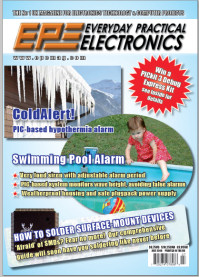
Source code 0710.zip
PCB files pcb0710.zip
![]() DSP Musicolour final release including hex file is in the June 2010 file
DSP Musicolour final release including hex file is in the June 2010 file

